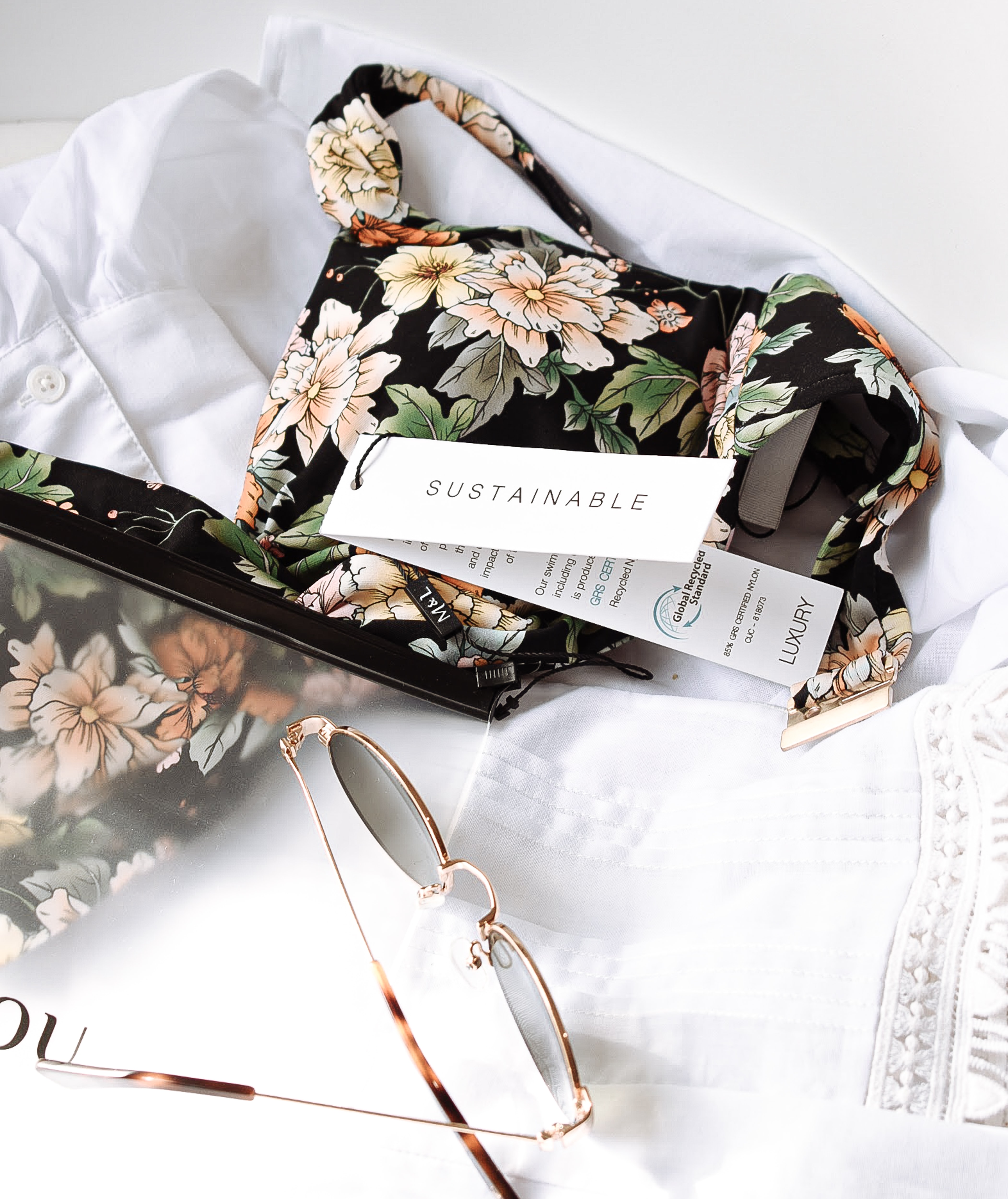There is nothing more irresistible than a good bargain, and unfortunately, fast fashion is often so much cheaper than slow fashion, we understand why it's easier to choose. But did you know that the fashion industry makes between 100 and 150 billion garments annually? This results in the consumption of large quantities of energy, and raw materials. From an environmental standpoint, this leads to an annual waste of 100 million tonnes, 80% of which ends up in landfills.
While the desire for clothing at a lower price point makes sense for consumers, it’s unfortunately brought about the rise in fast fashion. Another consumer benefit of this type of mass production is that they no longer have to wait for stores to go on sale, before they can get their hands on the latest trends. And while this might make it more affordable for consumers to get dressed up in the latest fashion, the abundance of cheap, disposable clothes ends up promoting over-consumption. It also encourages consumers to replace old items with new ones, even when they’re still wearable.
Fast fashion companies are able to offer these low prices because they use cheap labour and material for their clothing, and have been notoriously associated with sweatshops and child labour. Factory workers often work long hours, are grossly underpaid, and work in very unsavoury conditions, while the fashion pieces manufactured aren’t made to last.
In direct contrast, the slow fashion movement is more focused on ensuring that the entire life cycle of a garment is sustainable, as they look at how a piece was made from start to finish before it’s sold. Slow fashion companies take considerable care when choosing materials for their products, while also making sure that they partner and work with suppliers that follow ethical guidelines. They also supply customers with information on where their clothes come from, as well as the impact they have on the environment.
Slow fashion garments are usually made from natural, biodegradable material, with consideration given to how much energy is used to produce these items. They also leave a smaller environmental footprint and are often recyclable and reusable. However, it is worth noting that while we are beginning to see that slow fashion is a viable, and more sustainable option to fast fashion, it is slightly more exclusive.
But, the long term effects that fast fashion has on climate change, the quality of pieces being produced, and the ethical argument mean that we’re slowly beginning to see a shift as the fashion world begins to lean toward more sustainable fashion alternatives.
Take this example: in 2009, NYFW hosted the first ever Eco Fashion Week, leading to more sustainable fashion weeks popping up all over the world. They have even begun spreading to other popular fashion weeks in cities such as London, Paris, and Milan. According to a report by The Business Research Company, the sustainable fashion movement is expected to see a growth of up to $9.8 million (R159 million) by the year 2025, which highlights how it will continue to grow both in profit, and popularity, but importantly, the movement will contribute towards a more sustainable future for us all.


